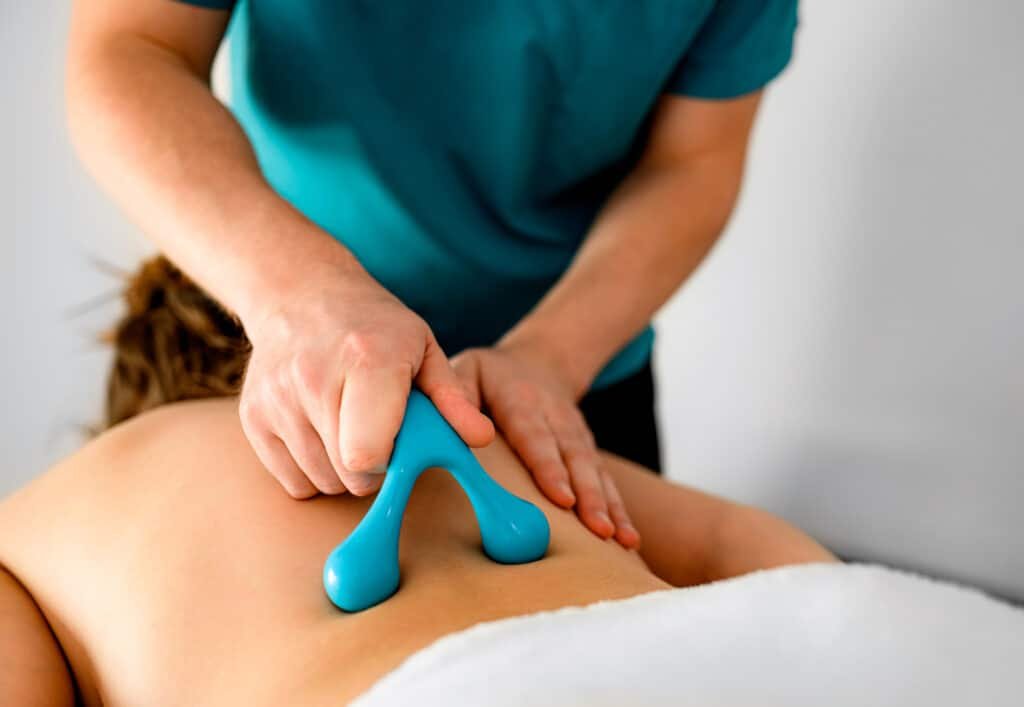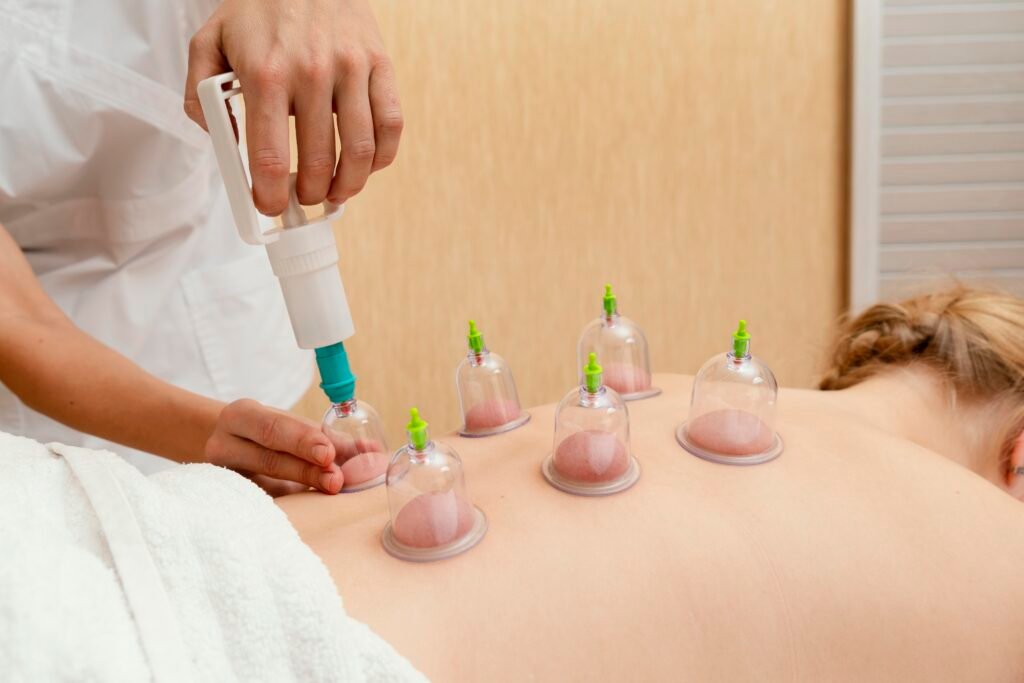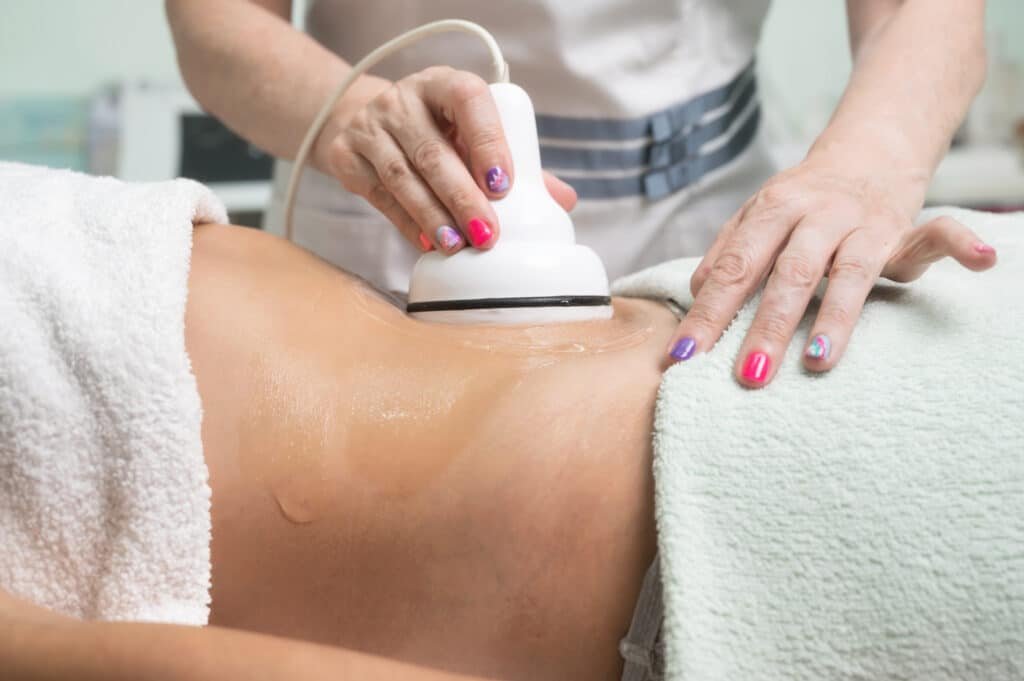The Graston Technique, a non-invasive method for reducing pain and increasing mobility, is rapidly becoming known as one of the best methods for treating chronic ailments. It was created with athletes in mind, but is now available to a wide variety of physical therapists, chiropractors, and rehabilitation specialists around the globe. The method precisely involves decomposing the scar tissue, enhancing blood flow, and accelerating recovery using special stainless-steel tools. Sure, you are dealing with chronic pain, sports injuries, or restricted mobility, and learning about the Graston Technique can help you determine whether this treatment solution is right for you.
What is the Graston Technique?
The Graston technique is an Instrument-Assisted Soft Tissue Mobilization (IASTM). It is based on testing and treatment with ergonomically designed stainless-steel tools to discover and free up restrictions in ligaments, tendons, and muscles. The practitioners use these tools to scrape or slide across the skin to help locate tight areas and release scar tissues that make the movement of muscles stiff and painful. In comparison to conventional massage, this practice is more precise in terms of its effect since it focuses on intrinsic adhesions of the soft tissue.

How Does the Graston Technique Work?
It starts with a therapist applying lubricant to the skin counterparts, followed by the use of the instruments. The stainless-steel tools are then passed over the affected area in order to determine the irregularities in the soft tissue. These movements assist in breaking down adhesions and scar tissue, creating a blood supply, and encouraging the body to heal itself. It can cause slight redness, soreness, or bruising, but these normally clear up in less than two days.
This microtrauma that is caused by the tools helps in collagen production, tissue healing, and flexibility. Through time, patients tend to complain of a reduction in pain and gain a better range of motion.
Benefits of the Graston Technique
- The Graston Technique has a variety of benefits, and that is why it is an option among athletes and patients with chronic pain:
- Pain Relief: It treats acute and chronic myalgia.
- Enhanced Mobility: Eliminates scar tissue to loosen it up.
- Accelerated Healing: Accelerates the speed of recovery.
- Effective as a Sports Aid: Helps promote the swift recovery of sports after strains or sprains.
- Non-Invasive Treatment: A non-surgical alternative that treats problems in the soft tissue area.

Conditions Treated with the Graston Technique
This treatment has been found to be useful in treating various conditions of the musculoskeletal system, which include:
1.Tendonitis (e.g., tennis elbow, golfer s elbow)
2.Plantar fasciitis
3.Carpal tunnel syndrome
4.Neck and back pain
5.Rotator cuff sprains
6.Shin splints
7.Scar tissue in the wake of surgery
8.Long-term tightness of the soft tissues
Whether you have a sports injury or a consistent strain in the muscles, the Graston Technique can help give you long-term relief.
What to Expect During a Session
The session usually takes 10 to 30 minutes. The therapist starts by providing a warm-up to the soft structure that is followed by treatment using the Graston apparatus. It may be scratchy or pressuring, or patients may experience slight discomfort as the instruments pass over the surface of the skin. Minor temporary redness or bruising may be expected as a sign of more blood getting to the surface. The improvement is detected by most of them after several sessions, but some chronic conditions may need a continuation of the treatment.
Risks and Considerations
Although the Graston Technique tends to be a safe procedure, there are specific considerations:
Mild bruising and soreness are possible.
Not advisable for people with bleeding disorders, open wounds, and fractures.
Always opt to use a certified practitioner for safe and effective treatment.
Talk to the therapist about your medical history so that the treatment is suitable for you.

Graston Technique vs. Traditional Massage
Though similar in regards to manipulation of soft tissues, the Graston Technique is not the same as massage. Massage tends to relax the patient and works more generally on the muscles as a whole to reduce muscle tension, whereas Graston works specifically on scar tissue and adhesions. The specialized equipment has a greater penetration and precision ability, which is better suited to chronic injuries and limited mobility cases.
Who Should Consider the Graston Technique?
The Graston Technique can be recommended to:
Athletes recovering from sports injuries.
Post-surgery patients with scar tissue.
People with chronic pain around muscles, tendons, or ligaments.
Individuals with mobility challenges occasioned by soft tissue limitations.
This therapy can be the right option to non-surgically and with no drugs help you to reduce pain and stiffness.
Conclusion:
Graston Therapy is a dynamic medical treatment to relieve pain, eliminate scar tissue, and increase range of motion. Its non-invasive modality effectively uses modern tools coupled with proven soft tissue therapy to provide a safe way of treating many musculoskeletal conditions. Regardless of whether you are an athlete in need of a faster healing period or someone living with chronic pain, a visit to a certified Graston provider might be the initial step towards long-term recovery.





